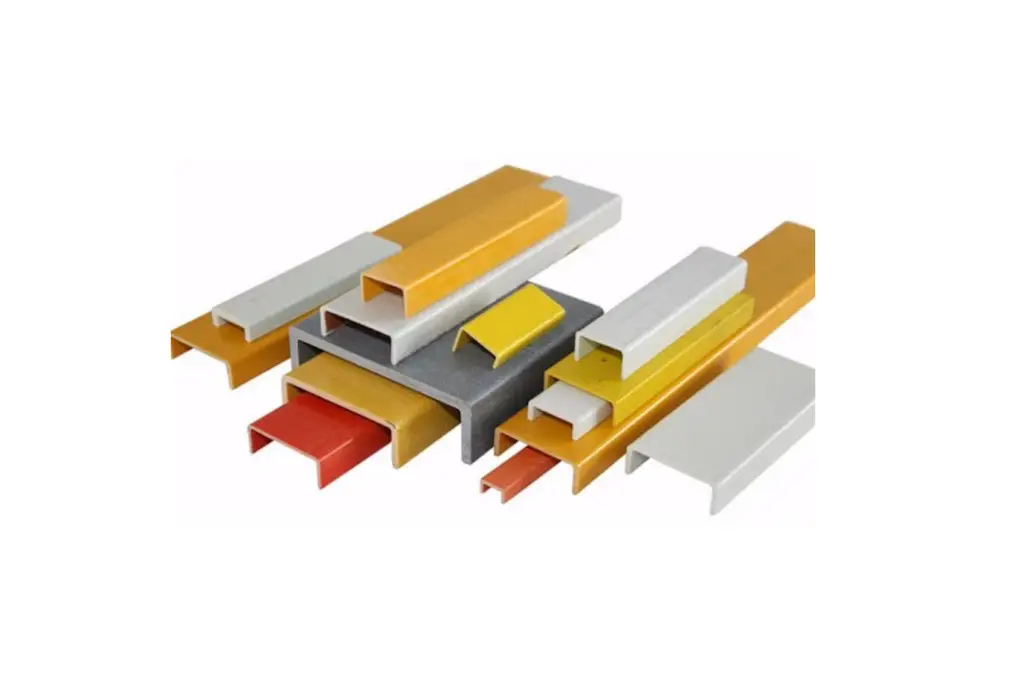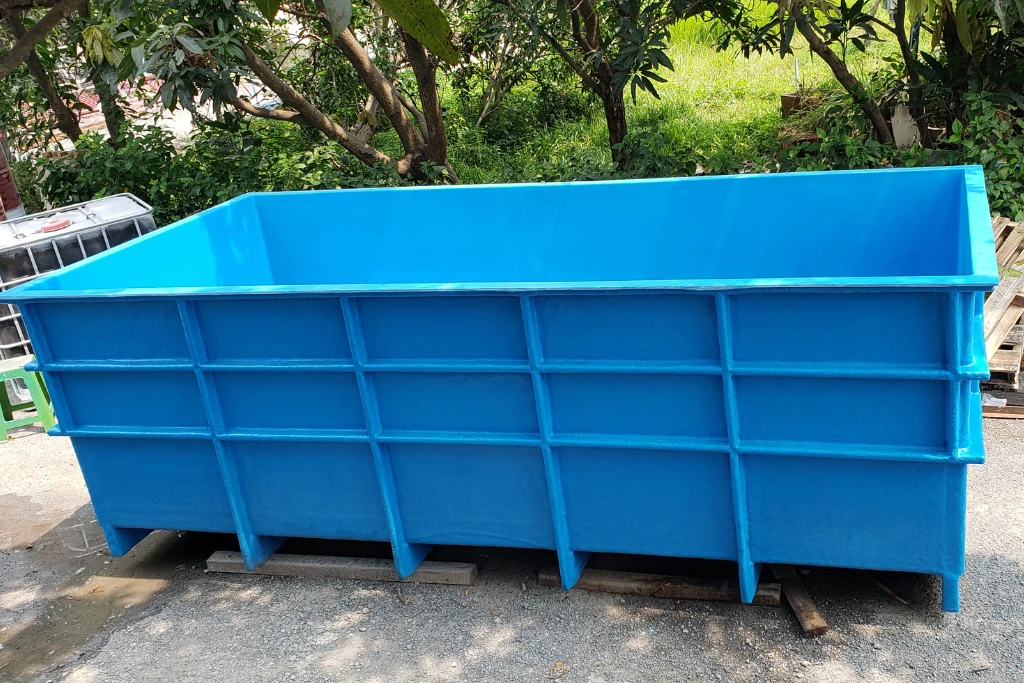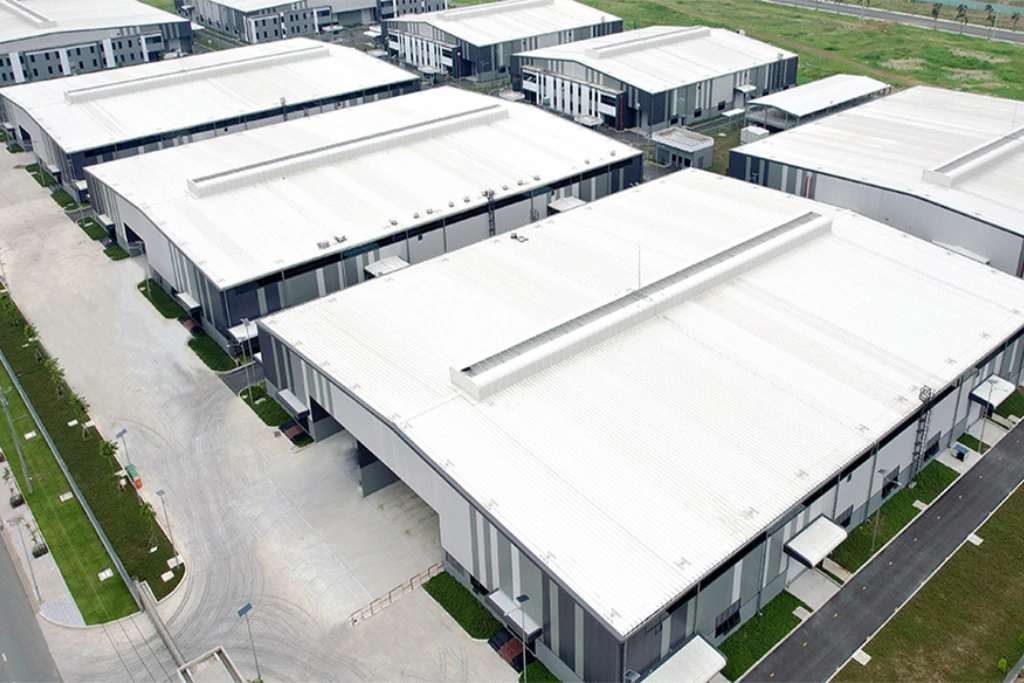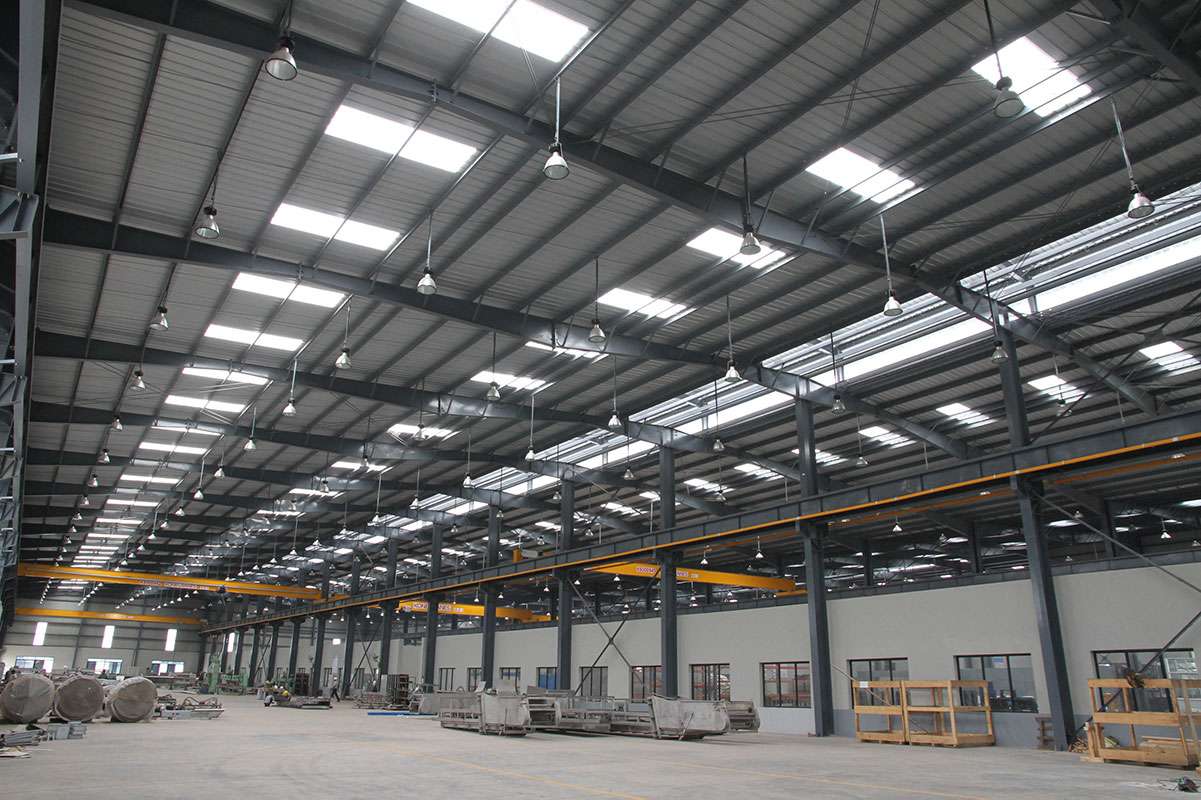Every year, industrial facilities worldwide suffer millions of dollars in damages due to uncontrolled fires. In many cases, roofing and cladding systems accelerate flame spread, making evacuation and containment more difficult. For factories, warehouses, and chemical plants, the choice of construction material can be the difference between a contained incident and catastrophic loss.
In this context, Fire Retardant FRP (Fiber Reinforced Polymer) has emerged as a high-performance material that blends structural strength, corrosion resistance, and advanced flame protection in a single solution.
The Fire Safety Challenge in Roofing & Cladding
Industrial roofing and wall systems face multiple fire risks—from welding sparks on a maintenance deck to chemical vapors in a processing plant. Once ignition occurs, traditional materials such as untreated steel sheets, PVC panels, or conventional fiberglass can allow flames to spread rapidly.
Safety regulations in many regions now demand building materials that limit flame propagation, reduce smoke generation, and maintain structural integrity under high temperatures. Meeting these standards without sacrificing performance in other areas requires advanced solutions like Flame Retardant FRP Fiberglass.
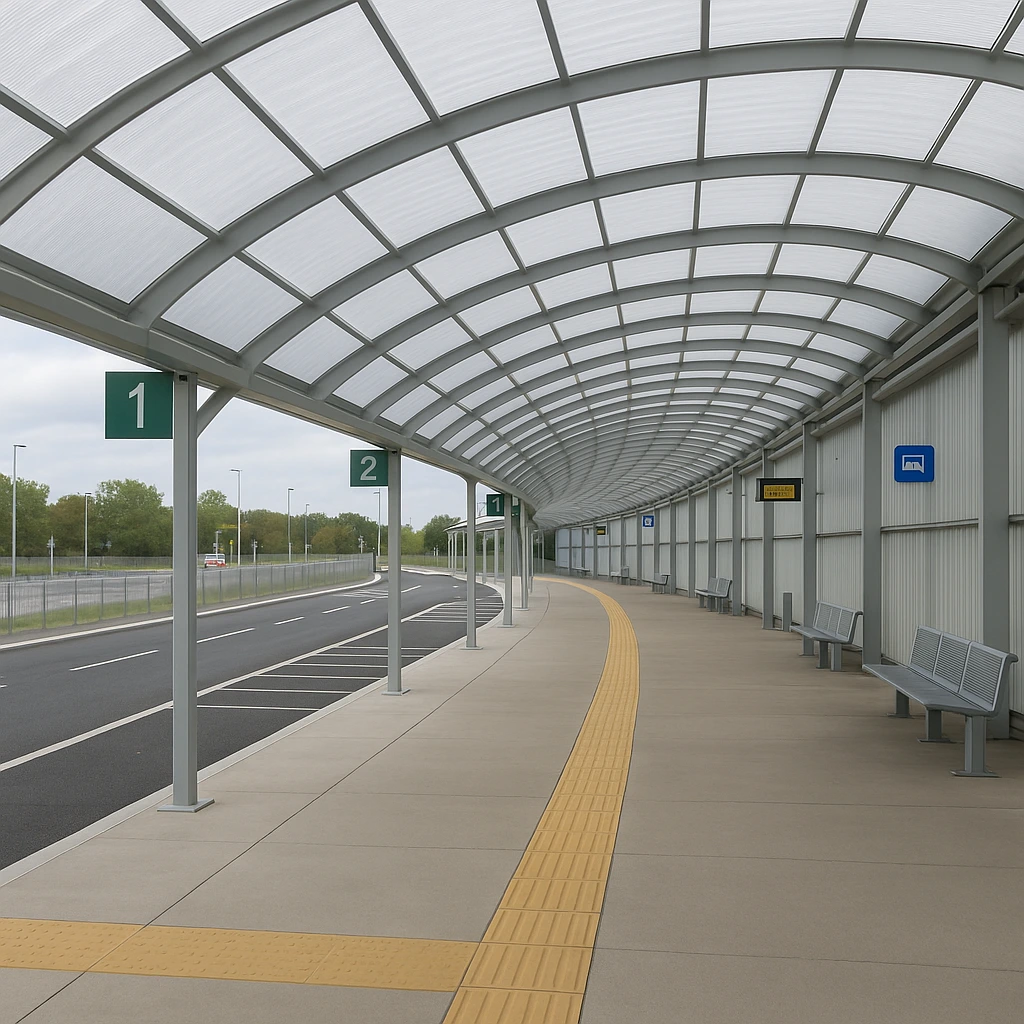
Inside the Technology – How Fire Retardant FRP Works
At its core, Flame Retardant FRP combines continuous glass fiber reinforcement with a polymer resin that has been enhanced with Composite Flame Retardants. These additives interrupt the combustion process in three main ways:
- Reducing Ignition Probability: Certain chemicals in the resin formulation delay the point at which the material catches fire.
- Limiting Flame Spread: Once exposed to fire, the additives form a protective char layer that slows heat transfer.
- Suppressing Smoke and Toxic Gases: Modern Flame Retardant Composites use halogen-free systems to lower smoke density and toxicity.
This engineered approach ensures that Fire Retardant Translucent Panels and opaque FRP products can meet demanding fire codes while maintaining all the benefits of standard FRP.
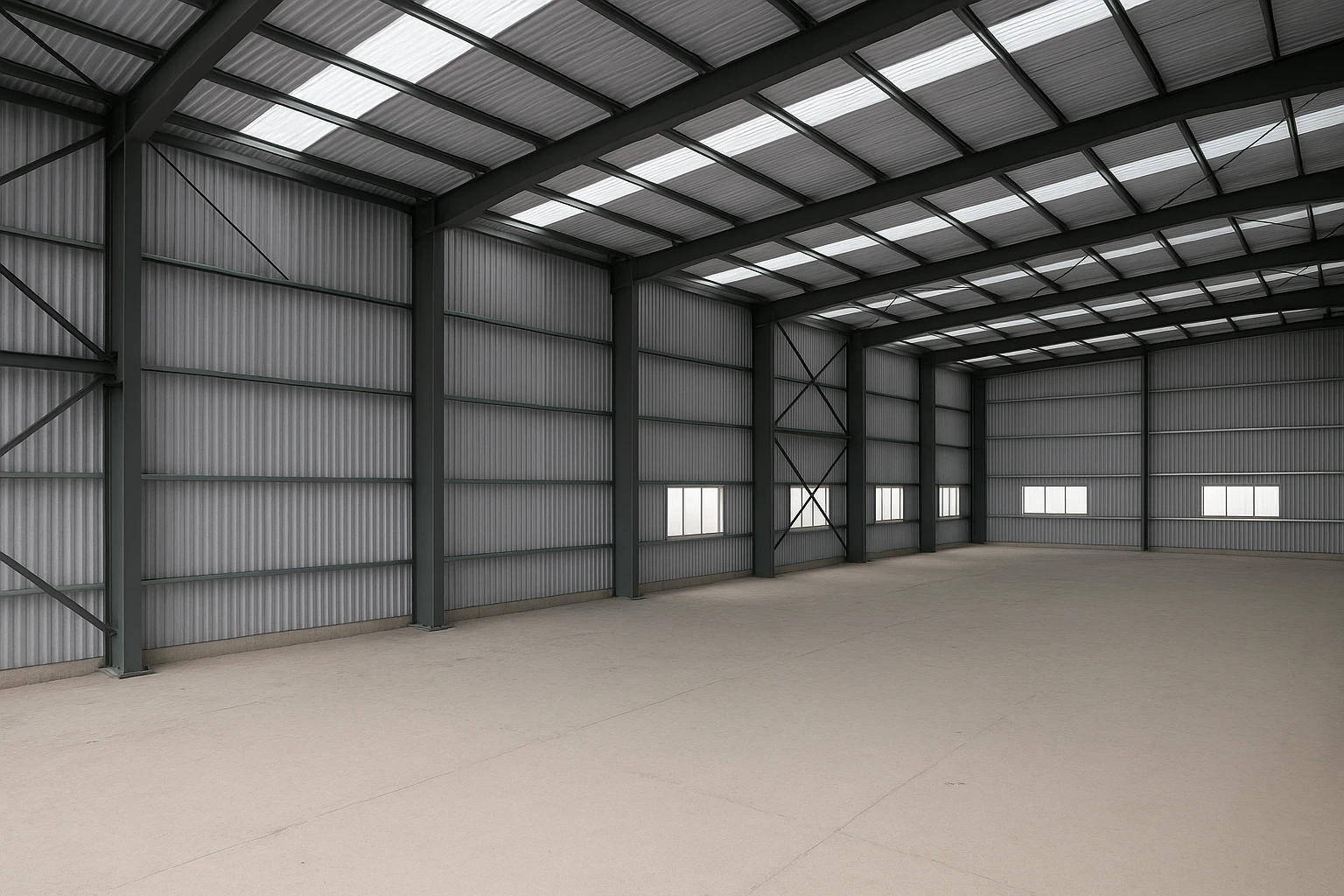
Performance Beyond Fire Resistance
While fire safety is the primary goal, fire retardant FRP fiberglass delivers additional performance advantages that are critical in industrial environments:
- Corrosion Resistance: Ideal for coastal facilities, chemical plants, and wastewater treatment sites.
- Lightweight Strength: High strength-to-weight ratio reduces the need for heavy substructures and simplifies installation.
- UV Stability: Protective coatings and resin formulations ensure long-term color retention and mechanical stability.
- Low Maintenance: No need for periodic painting or galvanizing, lowering lifetime operational costs.
These qualities make flame retardant composites a multi-functional solution rather than a single-purpose safety measure.
Applications in Industrial Roofing & Cladding
Industrial Roofing Systems
Fire retardant FRP roofing panels combine UV stability, weather protection, and flame resistance. They are ideal for factories, power plants, and chemical processing facilities that require both environmental durability and fire compliance.
Fire Retardant Translucent Panel Solutions
For buildings that benefit from natural daylighting, fire retardant translucent panels allow light penetration while still meeting fire safety requirements reducing the need for artificial lighting and improving energy efficiency.
Wall Cladding for Hazardous Environments
In facilities where flammable chemicals or high heat processes are present, flame retardant composites used for wall cladding create an additional layer of safety by resisting ignition and slowing fire spread.
Architectural and Public Infrastructure
Transit stations, sports arenas, and public spaces can integrate fire retardant FRP fiberglass elements to enhance safety while maintaining design versatility.
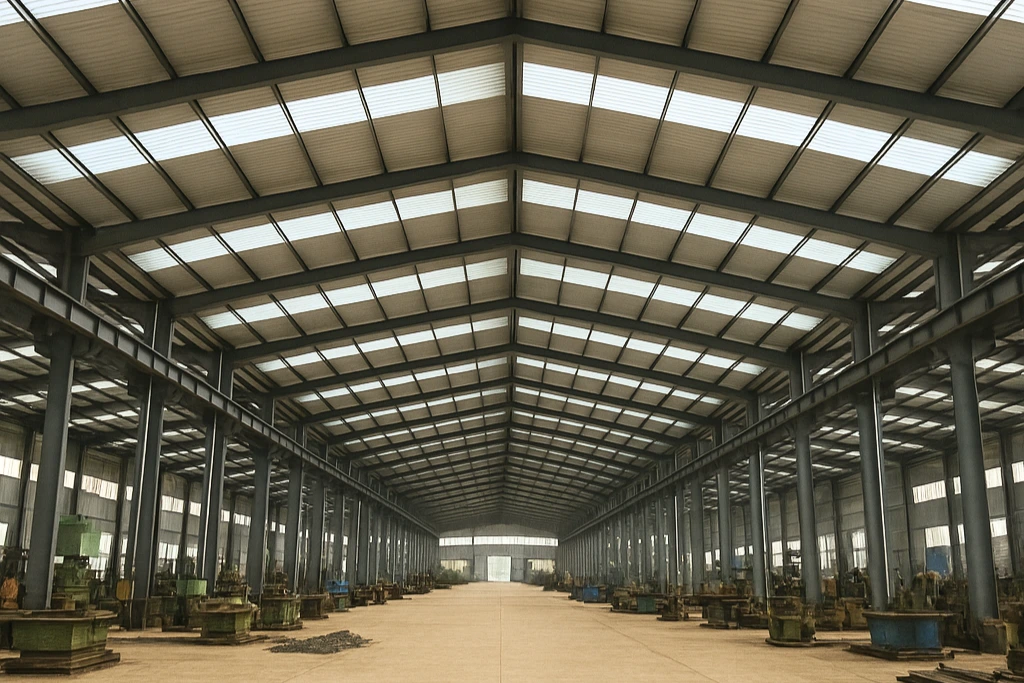
Design Considerations for Fire Retardant FRP Systems
Compliance with Fire Safety Standards
While specific certifications vary by region, materials should be tested for flame spread index, smoke developed index, and ignition resistance. Always verify compliance with applicable building codes.
Panel Thickness and Resin Selection
Thicker panels or specific resin systems can improve fire performance, but weight and cost factors should also be considered in the design phase.
Integration with Other Materials
Ensure that adjoining construction materials have similar fire performance to avoid creating weak points in the system.
Environmental Conditions
Exposure to UV radiation, temperature extremes, and chemical contaminants can influence the long-term fire performance of FRP panels.
Sustainability Advantages
Fire retardant FRP solutions can support green building goals by extending the lifespan of roofing and cladding systems, reducing the frequency of replacement, and enabling energy savings through daylighting designs.
The combination of fire safety, durability, and recyclability in some flame retardant composites aligns with modern sustainability targets in industrial construction.
Partnering with a Reliable Supplier
Choosing the right manufacturer is crucial for ensuring both safety and long-term performance. The Front is a trusted supplier of fire retardant FRP fiberglass, fire retardant translucent panels, and a range of flame retardant composites tailored for industrial roofing and cladding.
With expertise in material engineering, product customization, and compliance support, The Front delivers solutions that meet strict safety codes while optimizing installation efficiency and lifecycle value.
In industrial roofing and cladding, the stakes for fire safety are high. Fire retardant FRP provides a unique combination of flame resistance, structural performance, and environmental durability that outperforms many traditional materials in demanding environments.
By working with experienced suppliers like The Front, project teams can confidently integrate flame retardant FRP fiberglass, composite flame retardants, and fire retardant translucent panels into their designs—achieving both enhanced safety and long-term cost savings.

